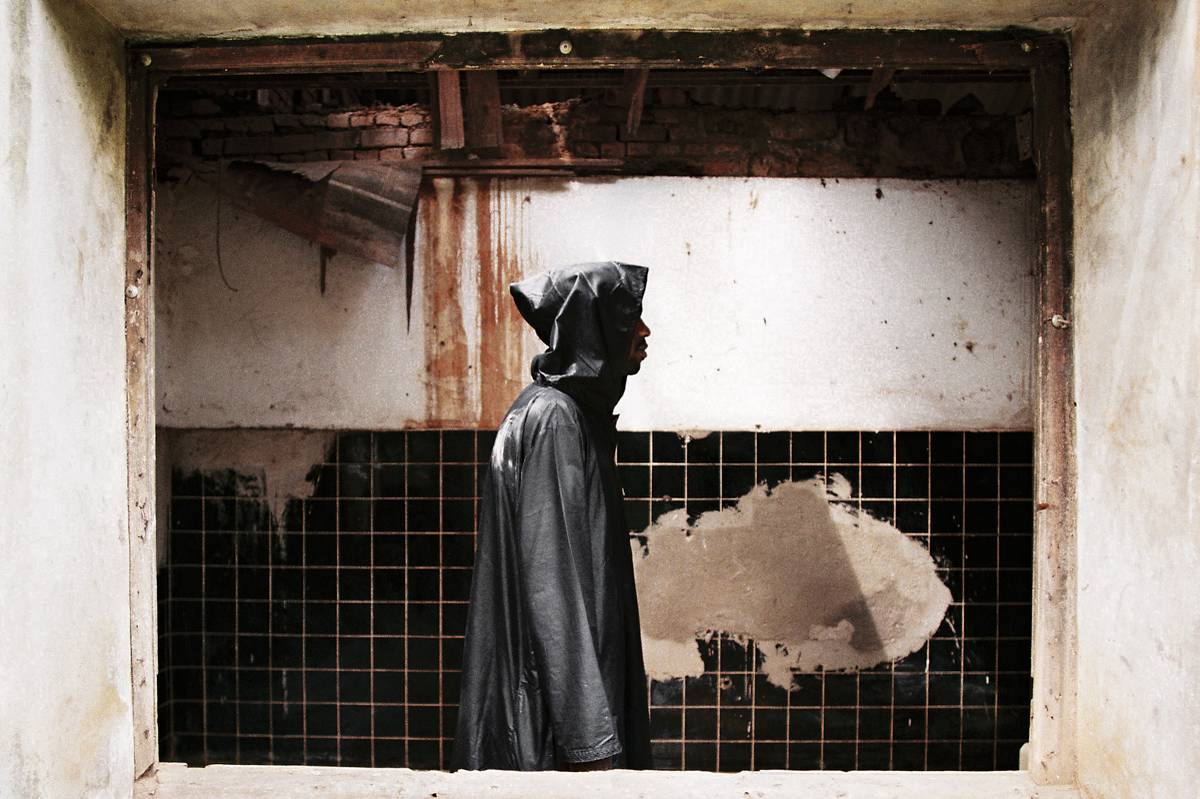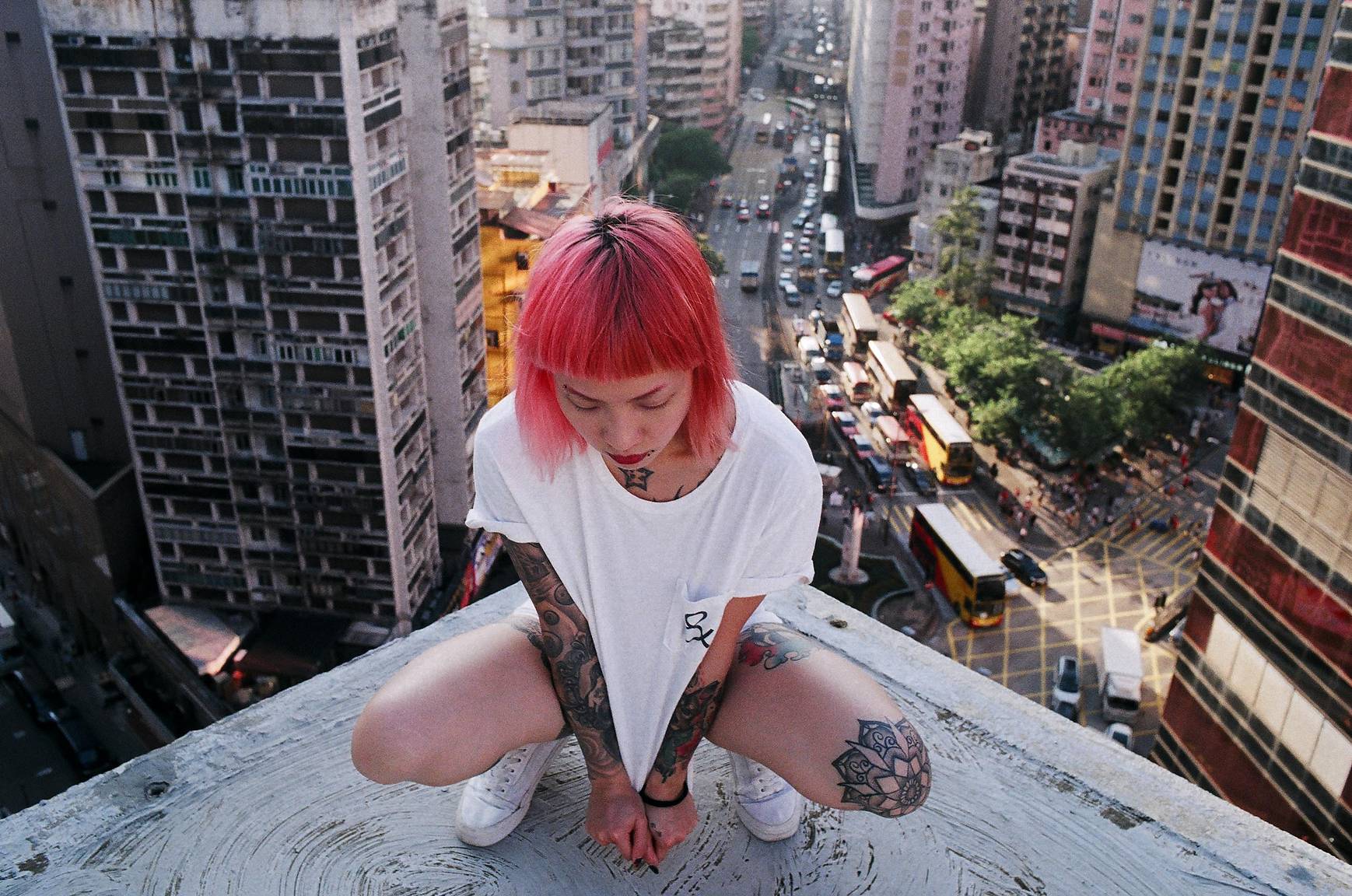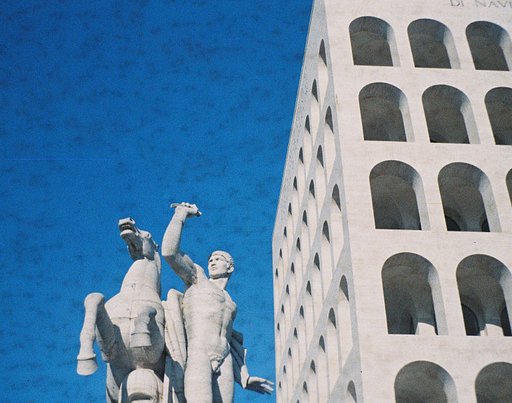Filmic Portraits: an Interview with Duran Levinson
2 24 Share TweetBeing greatly inspired by both African and Asian culture, the Cape-Town based photographer Duran Levinson generously spills out his secrets on a successful and professional analogue photography career in his dichotomous oeuvre between fashion and documentary.
Read Lomography Magazine's exclusive conversation with Duran on fashion photography in the East and how the Rwandan social landscape shaped his style and insights as both wanderlust and photographer.

Hi Duran! Firstly, welcome to Lomography Magazine! How did you get into film photography?
Hi Lomography, thanks for having me J I got into film photography about 3 years ago after graduating from film school and working in the film industry for 2 years. I majored in Cinematography and I freelance in South Africa. I started spending my down time experimenting with 35mm photography. I enjoyed the whole process of shooting on film again as I was able to work on Super 16mm and 35mm while I was in film-school. The whole process is exciting & stressful, yet rewarding when you get your film back. In the past 2 years I have made film photography my main creative outlet.
You usually worked with fashion portraiture and travel photography. What do you usually look for in a fashion portrait?
I starting shooting fashion portraits while I was traveling in Asia, mainly in Hong Kong. I find portraiture to be the type of photography I am most interested in. When traveling I look for models and alternative people who are interesting to me, I will usually shoot the models in their natural environments and in locations that I have usually never even visited before. I’d say that the majority of people I shoot are non-traditional models or the typical type of people you see in everyday fashion magazines. When I travel I find keeping everything spontaneous to be a big part of how I shoot and it’s developed into a sort of style.
Continuing my question, we noticed that your travel photographs have some 'documentary' style in it too; since the usual practice among many travel photographers are of scenery and architecture. What's your main goal in taking travel photographs?
I suppose I would also call myself a street photographer as I always have a camera on me when I travel. I love to capture the vibrancy of a place when visiting for the first time, and I always work towards being able to have a set of images that I can use to tell a story with, such as a photo essay or just a portrait or documentary project.
My main goal usually revolves around having a set of images that work as a cohesive piece, usually those images go onto my website, for the viewers to interpret however they choose. I like to have fun with street photography and show the quirky and not-so-seen images of cities, again mainly in Asia. I think having the advantage of being an outsider and seeing these areas for the first time can make you truly appreciate it all, and capture it in an honest or unique perspective.
The Rwanda series is actually a photo essay. May you share us the brief story behind the series? How was it like to document a sensitive topic?
The Rwandan photo-essay “Indivisible” was shot in July 2015 –I wanted to visit the country that suffered a massive genocide, only 21 years ago, during my lifetime. It is a country that has grown, healed and become an amazing place, and a great example not only to Africa, but the world about the healing powers and growth of a country in such a short period of time.
I was invited to go visit Rwanda and I didn’t even hesitate. Two weeks later I was on the way. I spent a few weeks basically traveling around the country with no set goals. I just shot what I saw and found interesting. At the end of the trip I spent 1 day writing about all my experiences and that turned into the essay that accompanied the final project. You can view the whole project over on my website.

You mentioned you use 35mm and point and shoot cameras. the print quality is astounding and seamless! Do you have any tips for scanning 35mm exposures?
In the 3 years that I have been shooting I have gravitated towards shooting on high-end point & shoot cameras. I love being able to be as unobtrusive as possible and I dislike having a lot of camera equipment on me when traveling.
In Rwanda I was mainly shooting on a Leica Minilux and in the past year I have gotten rid of most of my cameras and kept my Contax cameras. I love the quality of the images I get out of my T2, as it has a stellar lens on it. I pretty much exclusively use my T2 and my new rangefinder the Contax G2, with a 28mm lens. I feel like with these 2 cameras along with a couple of other point & shoots, such as an Olympus MJU II, I am able to achieve any type of shots I need.
In terms of scanning I make sure to get my work scanned at the best possible places I can get to. I like to experiment with different films but my go to films are Agfa Vista 200 and Kodak Porta 400.
I will go for high-res Jpeg scans that are not too contrasty or color corrected. Then I usually push the photos through Lightroom in order to make sure the blacks and whites are to my liking. After that I export them at the correct resolutions for web or print. I also take some images get them Tiff scanned on an Imacon scanner. With these scans I clean the negs and color correct them in Lightroom before exporting. Having such high-resolution scans of my film enables me to work towards having exhibitions in the future.
Where do you draw your muses and inspiration?
My main inspiration comes from cinema and from my favorite directors and cinematographers. I’d say my top 5 main inspirations for photography are: Wong Kar-Wai, the Hong Kong director. Roger Ballen a South-African photographer who I was lucky enough to meet with recently.
Gasper Noe, an Argentinian director who has made some incredibly disturbing and beautiful movies, such as ‘Enter the Void’ & ‘Love’. Alejandro Jodorowsky who directed movies such as: ‘The Holy Mountain’ & ‘El Topo’.
Jürgen Schadeberg, whom in my opinion is one of the best photographers of all time. His work is a huge inspiration and I would recommend his photos to anyone who has never heard of him.

As a photographer, what do you usually do to ensure you keep growing in your craft?
I would say that staying inspired is a main part of my daily routine. Sometimes I wont have work for a couple of weeks which can really put you down, but then sometimes there will be so much work that I won’t have any time to focus on photography. It’s all about trying to find a balance as a freelancer and making time for your passion and your job. I’m inspired the most when I’m visiting new countries. I think travelling, especially in Asia, has helped me grow as a photographer. Every time I get to work on a new project in a new country, it pretty much adds fuel to the fire.
Apart from photography, Duran also makes his own photo-zines and occasionally sells film cameras and prints of his belonging.
Read our first feature of Duran or visit Duran's website and Instagram for more of his work. Images are with permission from Duran Levinson.
written by Ciel Hernandez on 2017-02-05 #people #street-photography #hong-kong #analogue-photography #asia #fashion-photography #film-photography #rwanda #travel-photography #documentary-photography #duran-levinson




































2 Comments